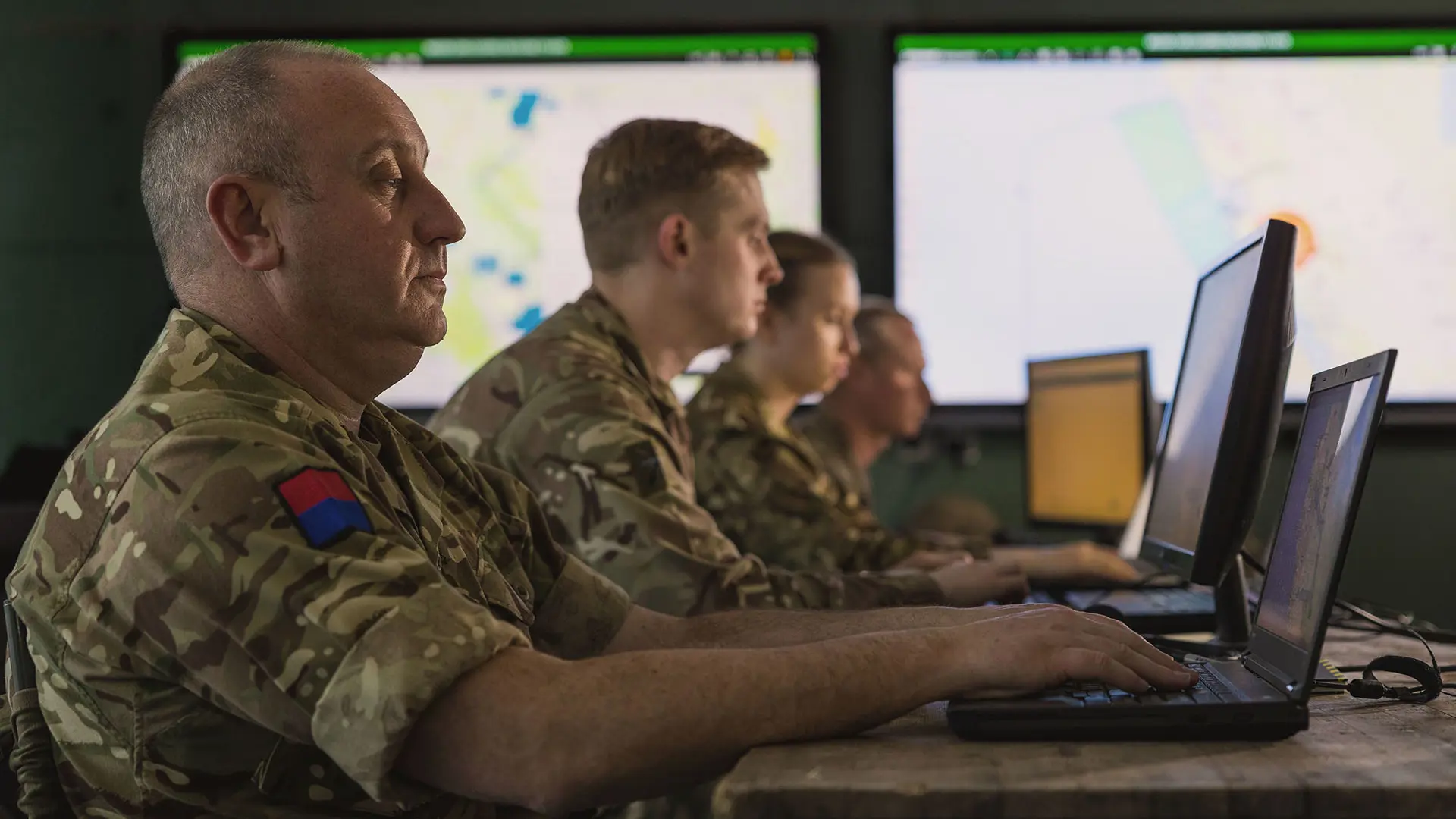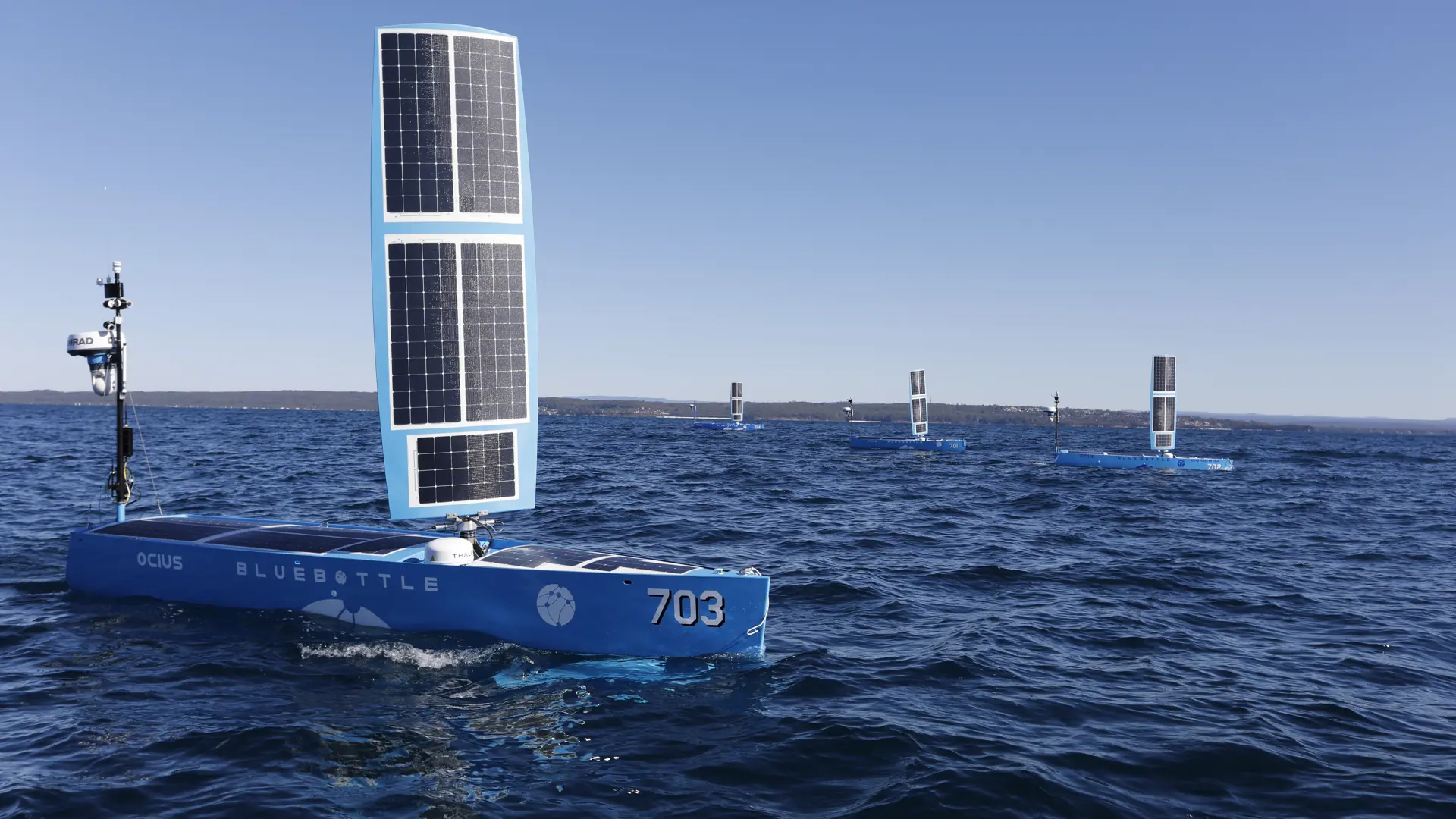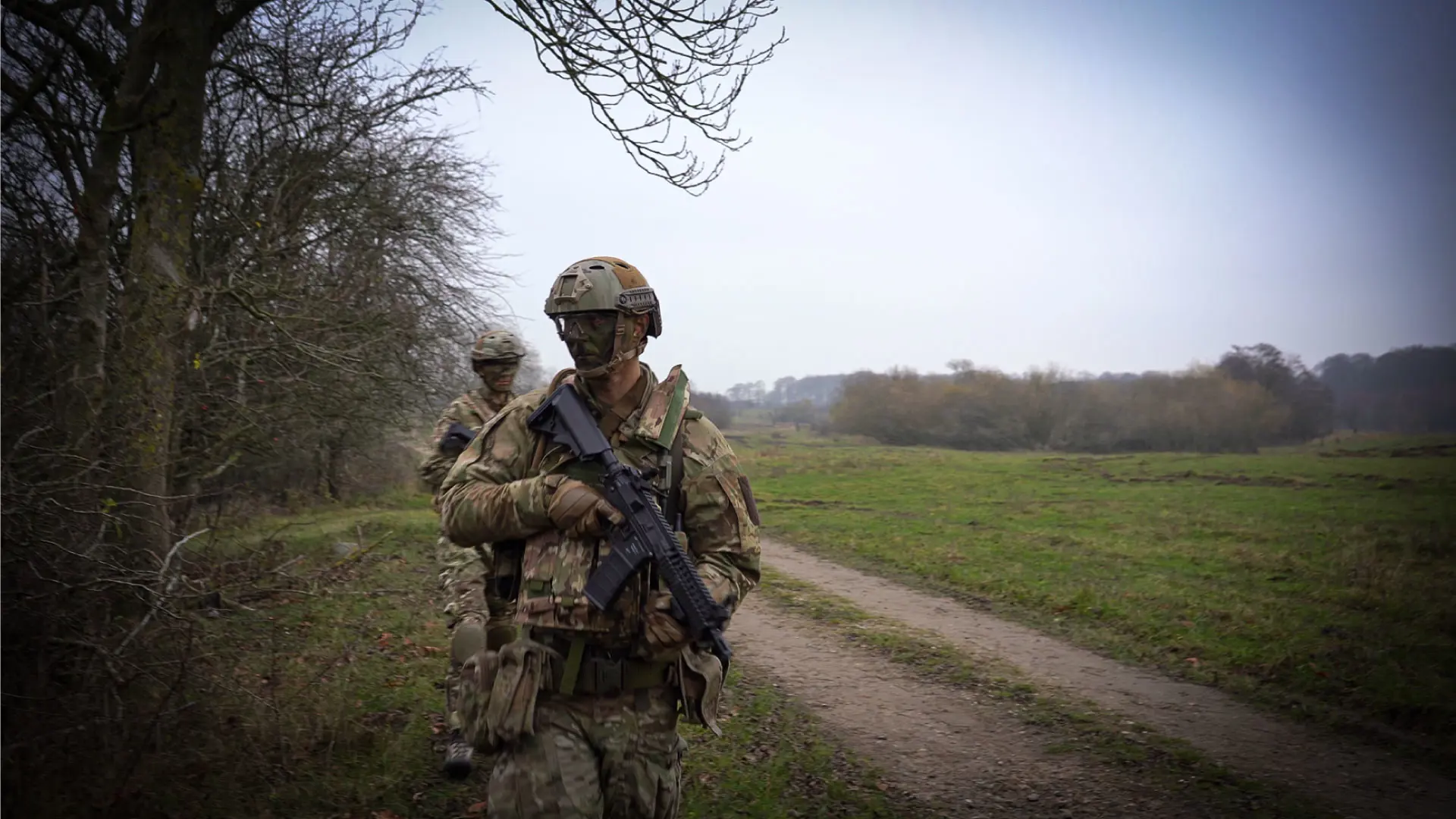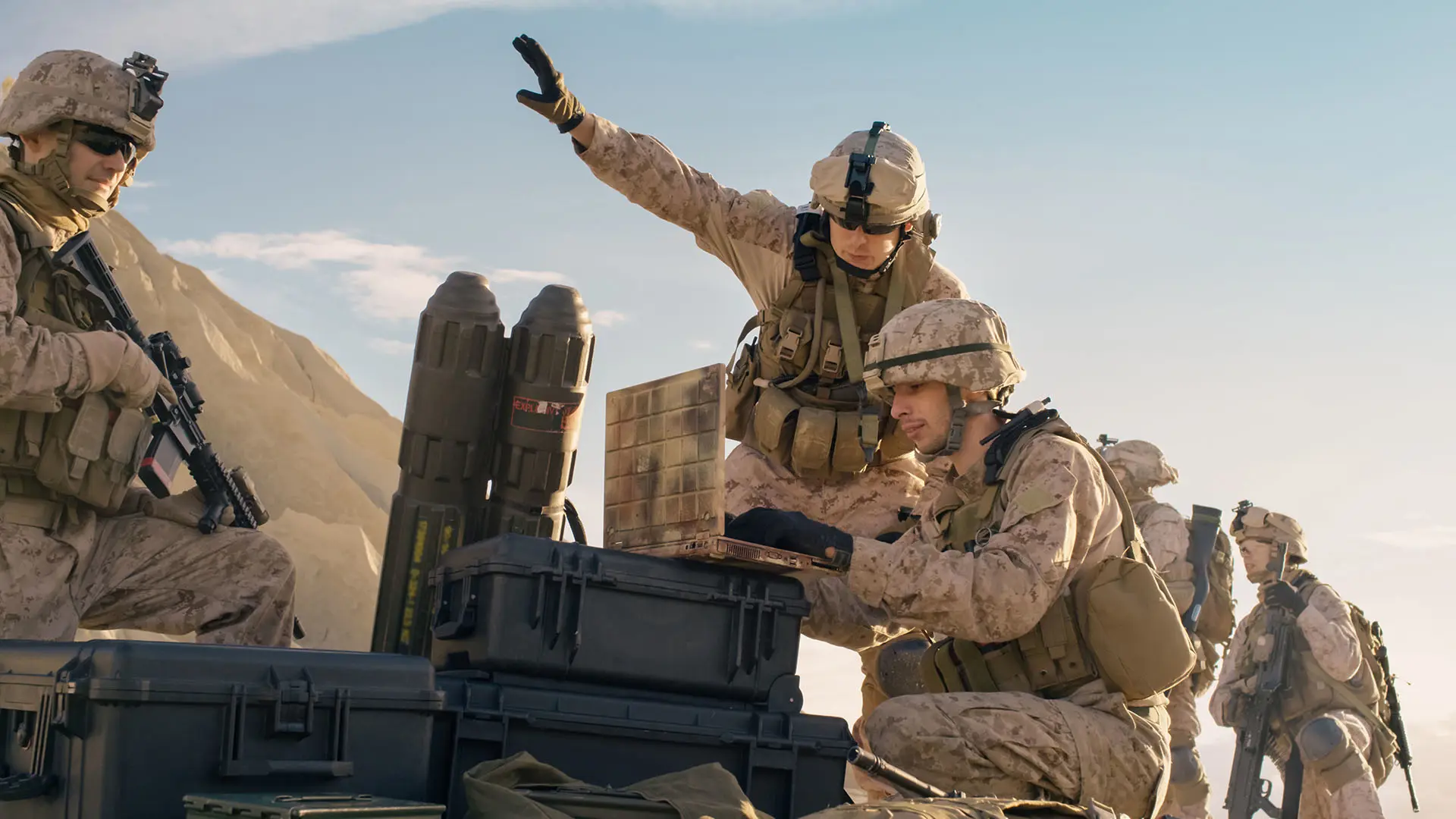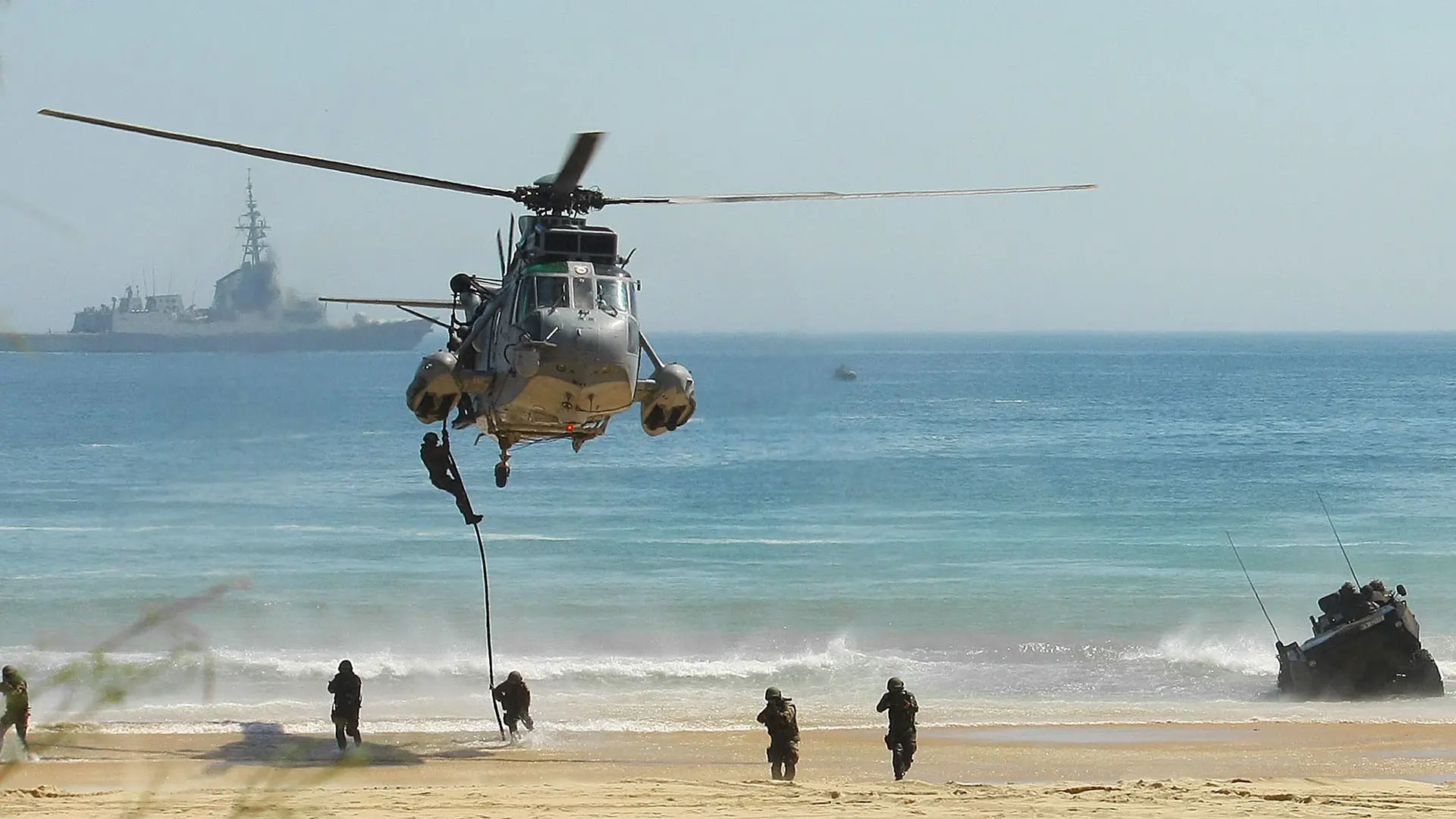JADC2: Better or just faster?
Written by Dr Peter Roberts for the Wavell Room and reproduced with his kind permission. View the original article here.
Over the past five years, the idea of Joint All Domain Command and Control (JADC2) has gained popular acclaim with promises of transformational effects on military decision-making. A command and control system that enables commanders to make faster decisions has been a military nirvana for a few decades now – arguably Norman Schwarzkopf wanted it in 1991. Perhaps, unlike network enabled capability (NEC) or joint enterprise defence initiative (JEDI), this is a system that will finally deliver.
Yet faster is not better. These aims are diametrically opposed requiring very different skills, attributes, and processes. Faster does not require creativity, imagination or human expression – it is essentially a science-based problem determined by processing power, data sets, and ever-more sophisticated algorithms. Successful military campaigns and commanders across the history of warfare have striven for better decisions – not necessarily speed. That demand is relatively recent.
The ambition in business (a sort of civilian JADC2 model) is to remove humans from operational decision-making in the belief that human judgement – subject to cognitive bias and unnecessary emotion – is inefficient and could be better performed by data/AI driven tools. Fine-tuned intuition built on hard-won experience and reasoning will, according to Harvard Business Review, be confined to inputting non-digital feeds into future decision-making processes. In such a model, humans become an addendum not a core part of decision making.
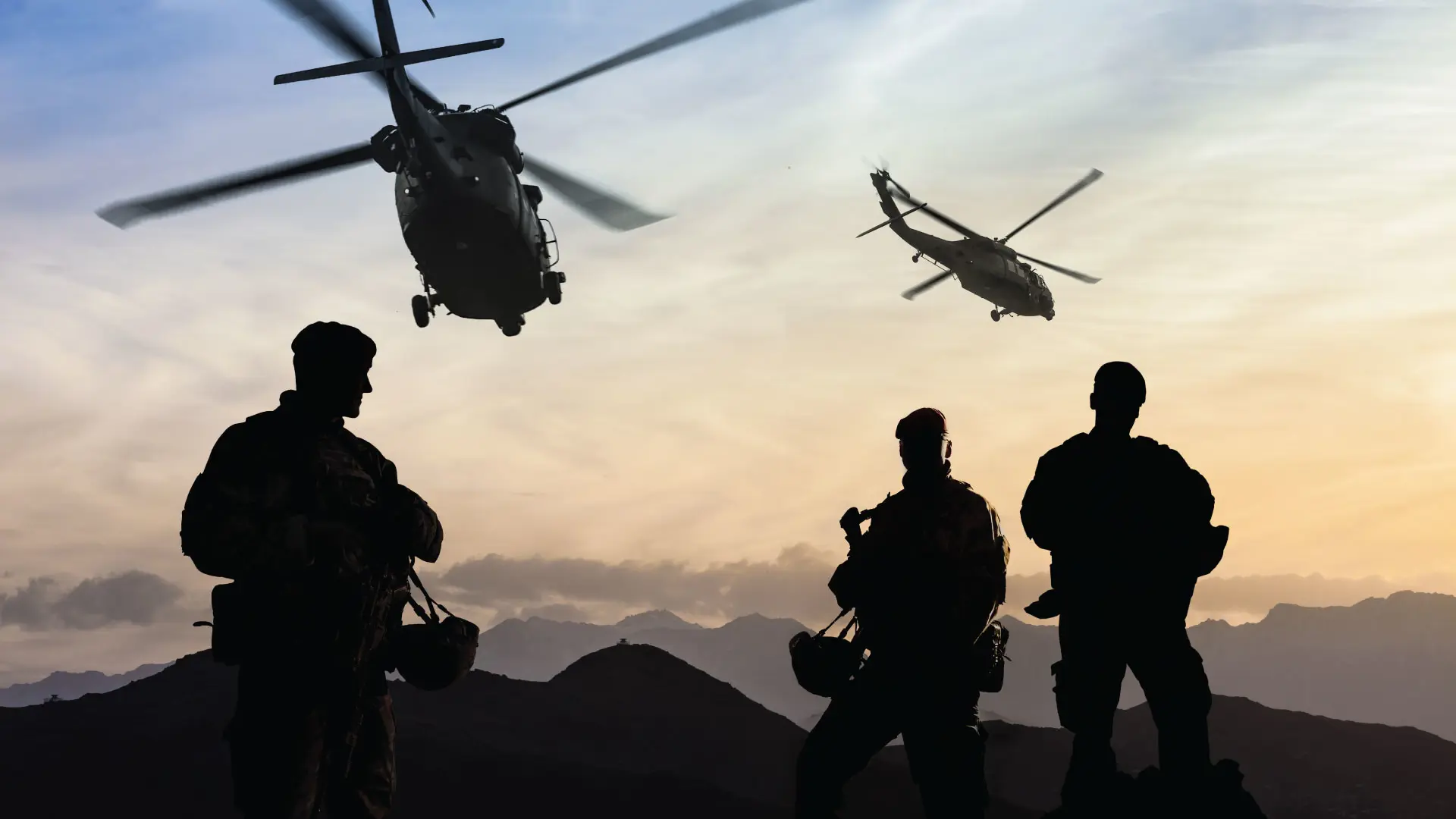
One might interpret the ambition of JADC2 to be along these same lines. According to the strategy, the system is being purchased to “Deliver information and decision-advantage to the Joint Force Commanders.” It will be an operational, theatre level tool and seems to envisage an era in which the JFC becomes the sole command and control entity with power and authority in future campaigns.
But that single encapsulation over what JADC2 will be is somewhat at odds with single service developments: JADC2 is not a single system – it is supposed to exploit each of the US single military service C2 systems currently under development. That makes it rather complex to envisage as a single entity.
The difficulty in explaining what JADC2 actually is triggered an intervention by a senior US military officer in February 2022 in an attempt to clear this up.
Rear Admiral Susan BryerJoiner from the Joint All-Domain Command and Control Cross-Functional Team tried to explain: “Command and control is a function that we have been doing since the start of any conflict or competition. It’s a verb. All of a sudden, I add ‘joint’ and ‘all-domain’ to the beginning of that verb, and people treat it like a noun. Well, it must be a system? Oh, it’s a system of systems. Wait? It’s got to be a program of record. What I’ve been reinforcing with my team and what I would encourage you to help me with: JADC2 is a verb."
Make sense now? Having been watching the development of it for almost a decade one interpretation might be, in simple terms, that JADC2 aims to network everything military (and some non-military stuff too), run it through some AI and ML, and deliver the Joint Force commander a set of recommendations at a speed faster than an adversary can act or react. Establishing a single version of ‘the truth’ that takes into consideration every possible permutation and possibility, and offering up action plans with the best possible success rate.
To those familiar with defence systems and protocols this is not just ambitious, it is a herculean challenge. Not only that but the system’s strategy dictates it to be as future-proof as possible. The reflections on recent conflict are evident in the six guiding principles of the strategy (number 4, for example, dictates that JADC2 must be, “resilient in degraded and contested electromagnetic environments”). The requirements for delivery are almost overwhelming. Plus ca change? Those involved in the ambition for both NEC and JEDI will bear witness to the challenges in such projects, even for predecessors whose aspiration was rather reserved by comparison.
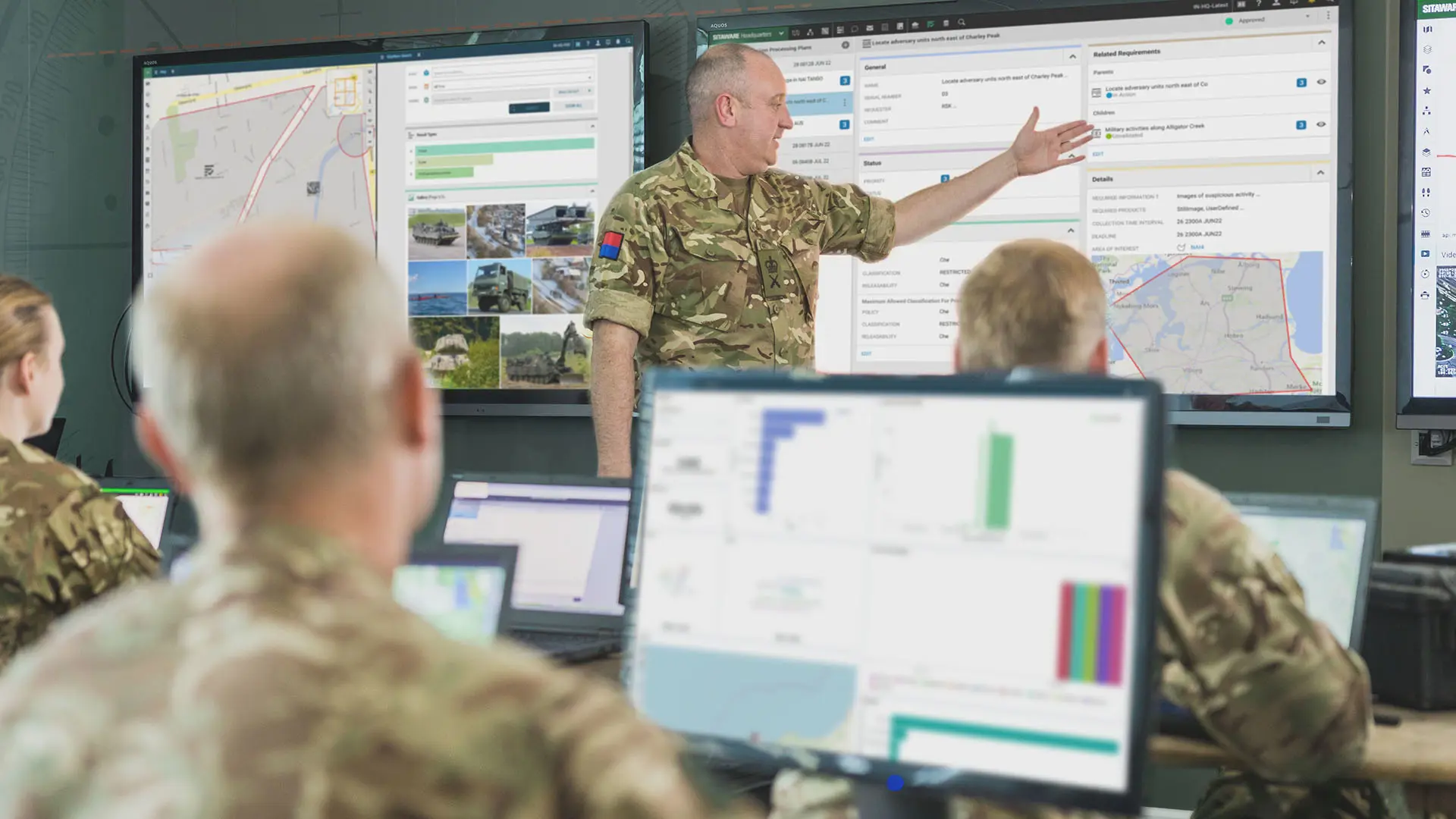
But it gets more complex still: JADC2 started to become an issue to US allies and partners a few years ago too. On initiation, the programme was simply to pull all US military systems and data onto a single attack surface. It looks like plugging external partners into the feed will become a requirement soon too.
The UK Ministry of Defence wholeheartedly adopted JADC2 as a founding principle for future force design in 2022. A Statement of Intent to align London’s Multi Domain Integration Change Programme with JADC2 was the first real evidence of this. It is likely that most, if not all, NATO Allies will follow suit perhaps even before the Alliance does so officially. That, in itself, is on the cards: having placed MDO into the NATO Warfighting Capstone Concept without any consideration of other options, JADC2 is sure to follow the same path.
Dangers ahead?
JADC2 has laudable aims and objectives. It has, however, become somewhat of a series of solutions seeking out problems to solve. As a result, there are a myriad of dangers (risks) associated with a programme like JADC2.
First, the underlying issue with the idea of decision-superiority is that anyone can make faster decisions, and according to some commentators AI will change the paradigm for JADC2: At least it should do for the amount of money being invested into it. But wouldn’t we rather have better decisions? Increasing the speed of decisions does not make them better – it simply enables headquarters to make poor decisions faster. The JADC2 strategy implies that it aspires for ‘better’ by packaging the concept up as a three-stage process (Sense, Make Sense, Act), with the second stage (Make Sense) delivering qualitative improvements. How? Through AI and ML. This is reassuring for the acolytes who believe more knowledge equals better decisions, however this may also be a symptom of Correlation Causation Fallacy. JADC2 could lead to better decisions, but this is not a given – it is a hope.
Second, whilst disputed by AI evangelists, there is not much evidence that AI can be creative in military strategy formulation. This creativity is what wins in combat, battles, campaigns, and wars. It is the key element that stands out for successful commanders from Ghengis Khan to Philip of Macedon. Given that we actually know and have evidence that people can be creative – versus the rhetoric that AI will get there one day – it would perhaps be slightly more reassuring if JADC2 was also tied into some Joint PME funding too, for both senior commanders and JADC2 developers. That second set of people are extremely important.
And here we arrive at an important third consideration: We really need to hope that the AI and ML coders, and the requisite databases they feed from, are able to divine the right kernels of wisdom, and correctly prioritise them for the context of the next fight. A lot rides on the system developers, their motivations, understanding of the military problem, and culture.
All that gets reflected in the algorithms they write and maintain. Without a good understanding of the biases and heuracies built into the system at the start of the process, what comes out could be deeply flawed by assumptions and presumptions that we will never understand.
How the teams of developers become inculcated with military experience and understanding must be a priority for the JADC2 programme office. Simply awarding contracts to defence primes based on an assumption of their skills and experience warrants a closer examination.
Fourth, placing all relevant information – about the force, its capabilities, sustainability, targeting information, kill chain, intelligence, and command decisions – onto a single system makes for a very attractive target for adversaries. Whilst JADC2 is designed to be resilient, if it becomes the single portal for everything, and the single most important tool for Joint Force Commanders, one should expect the adversary to spend a disproportionate amount of time seeking to either exploit it or to find ways of spoofing it. Given the tendency for AI systems to fall for spoofing, or to make up information when they do not have the feed, results in recommendations and performance expectations that are lies.
The fifth concern is almost philosophical. Is JADC2 “A solution desperately seeking problems?”. Posed in a MWI article in March 2022, authors Maggie Smith and Jason Atwell, the central theme of their critique is that JADC2 is being lauded as a cure for all ills without consideration that, “JADC2’s drawbacks could make the system more of a liability than an advantage”. It is a worthy point: the budget for JADC2 might reach $12bn – spread over numerous budget lines. This is not an inconsiderable sum – even for the DoD’s budget.
So what?
JADC2 will provide a Joint Force Commander with much more information than they have ever had before. It should deliver better situational awareness in real time and across the deployed force, probably some of the associated force in the pre-deployment phase too. It could – in time – provide recommendations on courses of action given enough information about adversaries capabilities and intent.
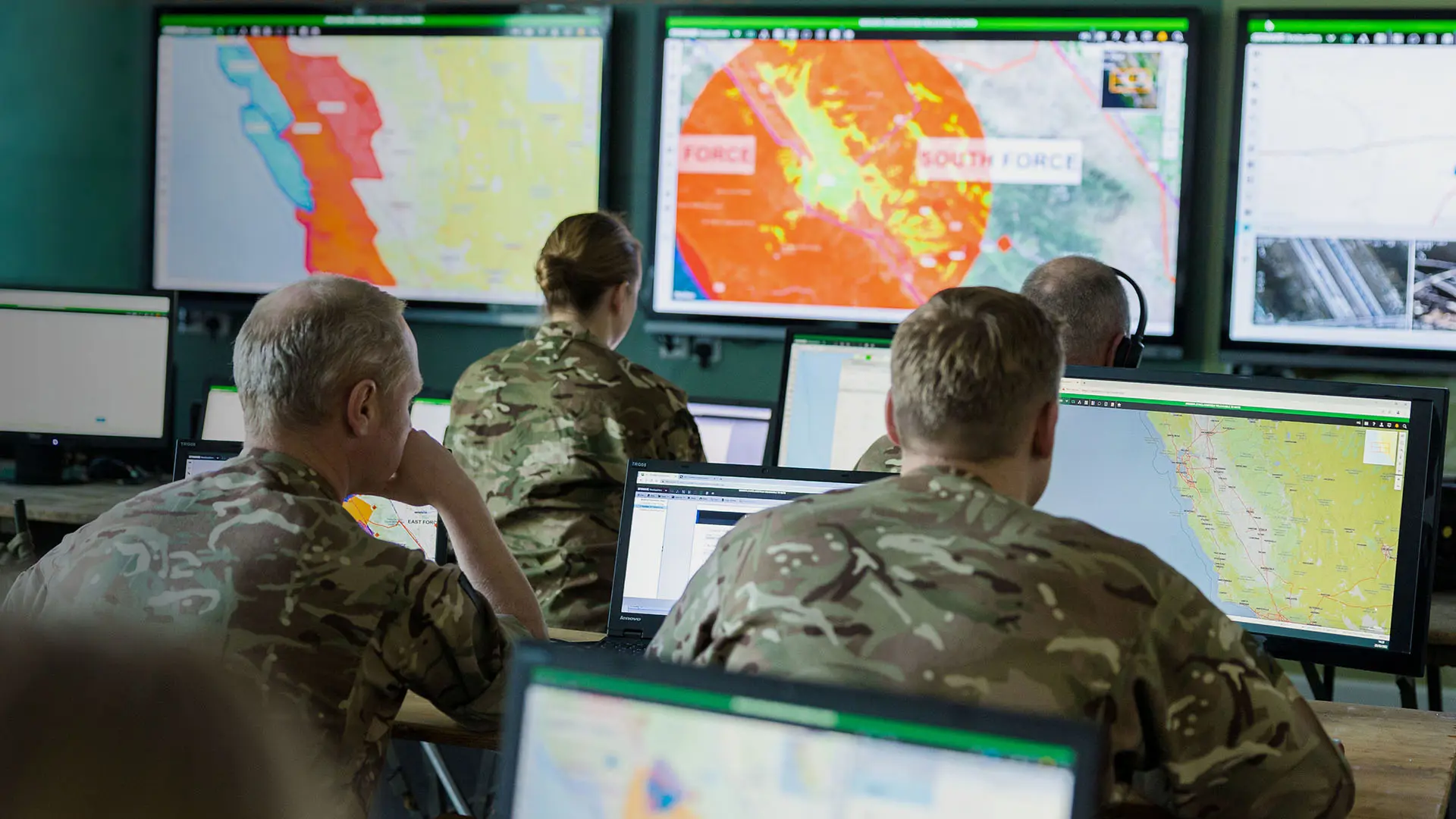
But it is unlikely to ever deliver transformational change at the tip of the spear in combined arms warfare.
It seems like we are approaching an era when we spend more, and depend more, on AI than we do on the people actually doing the fighting. When you remove the human creativity and endeavour from the battlefield, the results rarely turn out as you expect or desire.
Whilst the US continues down the JADC2 path, there is little to show what may result – or when. This leaves may Allies in a quandary. Aligning with the US military is critical for interoperability, but integration of C2 systems seems to be core to the overall philosophy of JADC2. Thus, Allies wanting improved situational awareness might just consider using proven COTS and MOTS tools that are proven today to deliver their requirements – at a much more reasonable cost, on the basis that many of these systems are already within the JADC2 hemisphere for integration.


